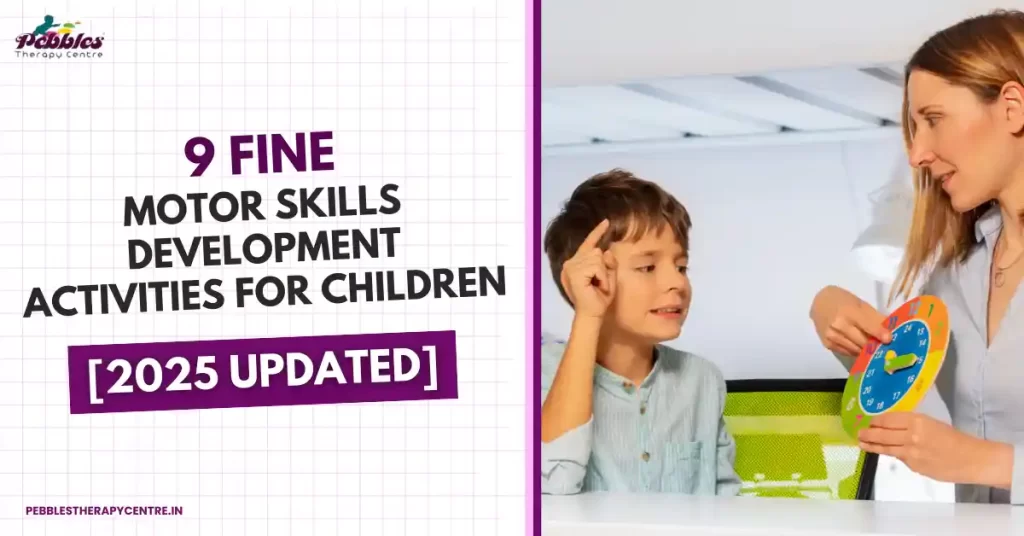9 Fine Motor Skills Development Activities for Children [2025]
Kids grow, quick or slow, yet giving them a leg up on vital abilities from the start paves the road to winning ways. Getting the hang of skills like gripping a pencil lacing up shoes, or buttoning up comes from working on Fine motor skills development. Come 2025, moms, dads, and teachers are all about making fine motor skills development activities a blast ’cause they know how much it benefits the little ones’ progress.
This blog digs into the whole deal about fine motor skills, their importance, and throws in nine cool ways to amp them up. Plus, we’ll cover milestones, benefits, and when to seek help—all tailored for kids from infancy to school age.
Fine Motor Skills - What Are They & Why Are They Essential?
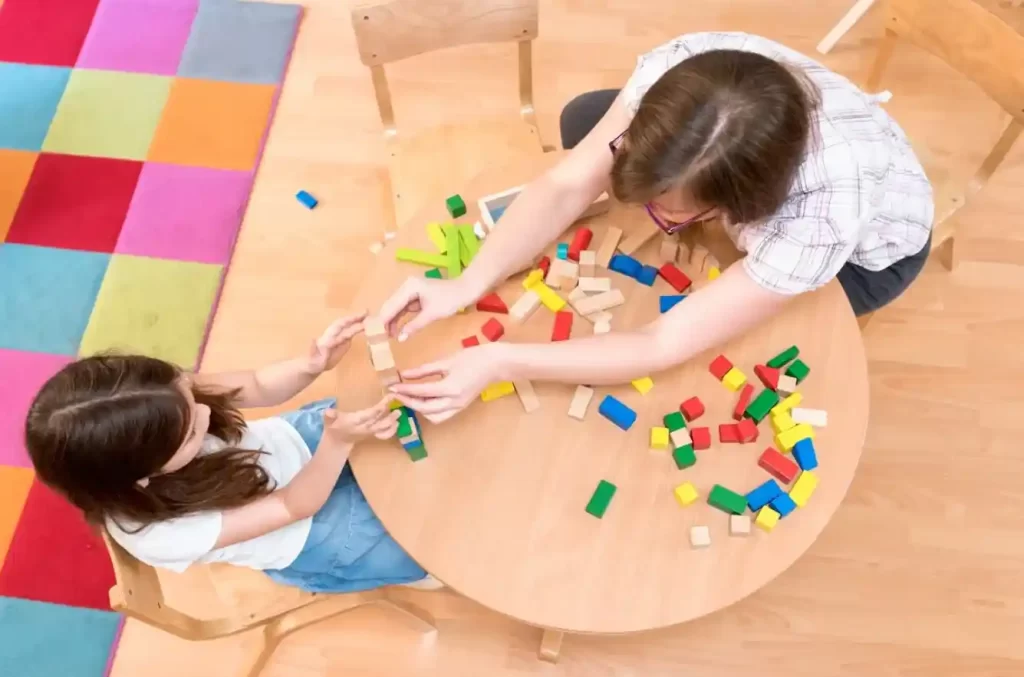
Developing fine motor skills means getting better at tiny motions with our hands, fingers, or wrists. Picture stuff like gripping a crayon, piling up Legos, or pulling a zipper—those are the kinds of things young kids work on to grow these fine motor skills examples preschool.
Not the same as the big moves that come with stuff like sprinting that we call gross motor skills and fine motor skills developmental milestones is all about getting things right and moving together with fine motor skills development. They’re part of physical development fine motor skills examples and are critical for independence. Without them, kids may struggle with school tasks or self-care, making early support vital.
What is Delayed Motor Development?
When kids don’t hit the usual growth markers in time, that’s what we call Delayed motor development. Talking about the tiny movements aka developmental milestones, you might see a kid struggling to mess around with little things, not grabbing stuff the right way, or having a tough time with things like eating or getting dressed.
All sorts of stuff can throw a wrench in the works, from brain issues to just not getting enough cool things to do. Picking up on these slowdowns quick is super important, so people can jump in with the right help and backups.
What Are Fine Motor Skill Activities?
What does fine motor development mean? The Fine motor skills development activities are fun, hands-on tasks that strengthen hand muscles and coordination. From fine motor skills development activities for preschoolers to easy fine motor activities for toddlers & preschoolers, these exercises help kids master small movements. Think threading beads or cutting paper—simple yet effective ways to grow fine motor development examples.
Fine Motor Skills Development by Age
At what age does fine motor skills develop? Understanding the progression of fine motor skills developmental milestones helps in identifying appropriate activities and expectations for each age group.
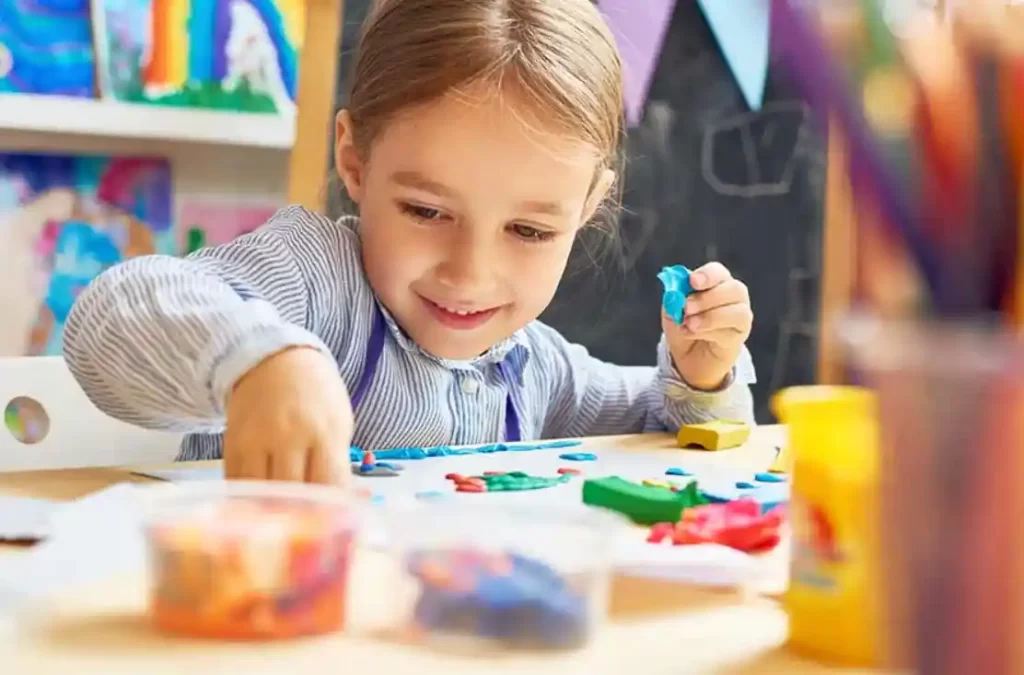
Fine Motor Skills Development for Infants (0-1 year)
Some developmental stages below in the developmental description are referred to and acted upon:
- 0-3 months: Reflexive grasping; hands predominantly fisted.
- 6-9 months: Transferring objects from one hand to another; raking grasp to pick up small items.
- 9-12 months: Pincer grasp development. Pointing. Beginning self-feeding of finger foods.
Offering infants safe objects to explore (such as soft toys; textured materials) encourages sensory exploration and supports motor development.
Fine Motor Skills Development for Toddlers (1-3 years)
Toddlers exhibit increased independence and curiosity. Fine motor skills development milestones for this age group include:
- 12-18 months: Stacking two to three blocks; scribbling spontaneously; using a spoon with assistance.
- 18-24 months: Flipping through a book; stringing large beads; starting to undress themselves.
- 2-3 years old: Stacking six or more blocks; cutting with scissors; drawing simple shapes.
Playdough Play, Large piece puzzles and Basic Art Projects Entertain toddlers in activities that promote fine motor skills and creativity.
Fine Motor Skills Development for Preschoolers (3-5 years)
Children refine their fine motor skills in preschool to get ready for more advance skills. Milestones include:
- 3-4 years: Cutting along lines; copying circles and squares; dressing with minimal assistance.
- 4-5 years: Can write some letters and numbers, buttons/undones shirts, uses utensils well.
Hand-eye coordination and dexterity are improved through activities like lacing cards, complex puzzles and arts and crafts.
Fine Motor Skills Development for School-aged Children (5+ years)
School-aged children continue to develop their fine motor skills fine motor skills used in academic tasks. Milestones include:
- 5-6 years: Tying shoelaces; writing full sentences; cutting out complex shapes.
- 6-7 years: Cursive writing; detailed drawing; proficient keyboard use.
Encouraging participation in activities like musical instrument lessons, model building, and handwriting practice supports ongoing fine motor development.
Check out:- 6 Gross Motor Activities for Children with Neurological Delays
Why Fine Motor Skill Development is Important in Kids?
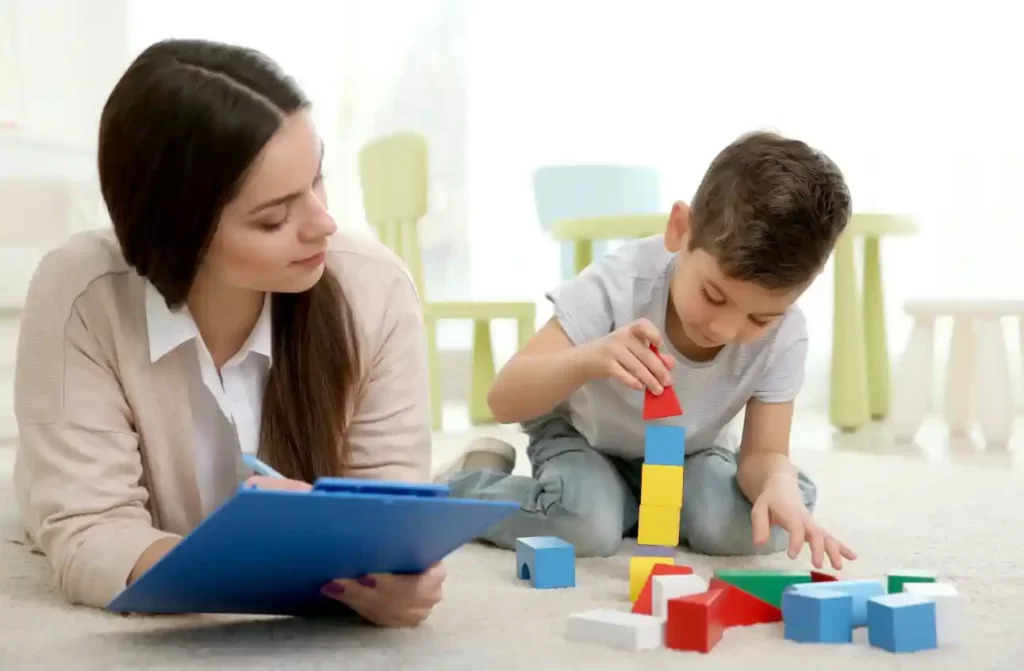
Fine motor skills development is a cornerstone of childhood growth, shaping how kids interact with their world. Is fine motor skills physical development? These skills—small movements of hands and fingers—are more than just physical development fine motor skills examples; they’re vital for independence, learning, and confidence.
Developing fine motor skills examples preschool and beyond is essential for:
- Academic success: Handwriting, cutting, and using tools effectively.
- Daily independence: Dressing, eating, and managing personal care.
- Physical development: Coordination between gross and fine motor skills.
- Creativity and problem-solving: Engaging in arts, crafts, and manipulative play.
Delays in fine motor skills development autism cases are common, requiring specialized intervention to improve motor control.
From fine motor skills examples preschool like holding a crayon to fine motor skills for 3 year olds like buttoning a shirt, fine motor skills development powers daily life. Without it, kids may struggle with tasks tied to gross and fine motor skills developmental milestones, impacting their school and social success. Let’s explore why it matters so much.
Benefits of Fine Motor Skill Development
Strong fine motor skills development unlocks a range of advantages for kids:
- Independence: Mastering what are fine motor skills in child development examples like zipping or eating builds self-reliance.
- School Readiness: Fine motor skills development examples that are important for learning and school performance are writing or cutting— what fine motor skills have to do with learning and school work?
- Confidence: Success in best fine motor activities for kids boosts pride—think games that encourage motor skills development like puzzles.
- Coordination: Fine motor strength activities enhance developmental milestones fine motor skills and visual motor skills, linking to children’s developmental milestones gross and fine motor skills.
From fine motor skills milestones for 2 year olds to fine motor skills development activities for kindergarten, these benefits grow lifelong skills.
Check out :- 9 Fine Motor Skills Activities to Boost Handwriting for Kids
Signs of Fine Motor Skill Delay
Delays can hinder progress—watch for these signs of weak fine motor skills in children:
- Difficulty with fine motor skills examples like pencils or scissors.
- Avoiding easy fine motor activities for kids like crafts—could signal fine motor skills development delay.
- Does autism affect fine motor skills: Yes, fine motor skills development autism or how do sensory issues affect fine motor development often play a role.
Missing fine motor skills developmental milestones like tying shoes by 5.
Early action on baby delayed fine motor skills ensures kids catch up.
9 Engaging Fine Motor Skills Development Activities
Incorporating enjoyable activities into daily routines can significantly enhance fine motor skills. Here are nine engaging options:
1. Playdough & Clay Manipulation
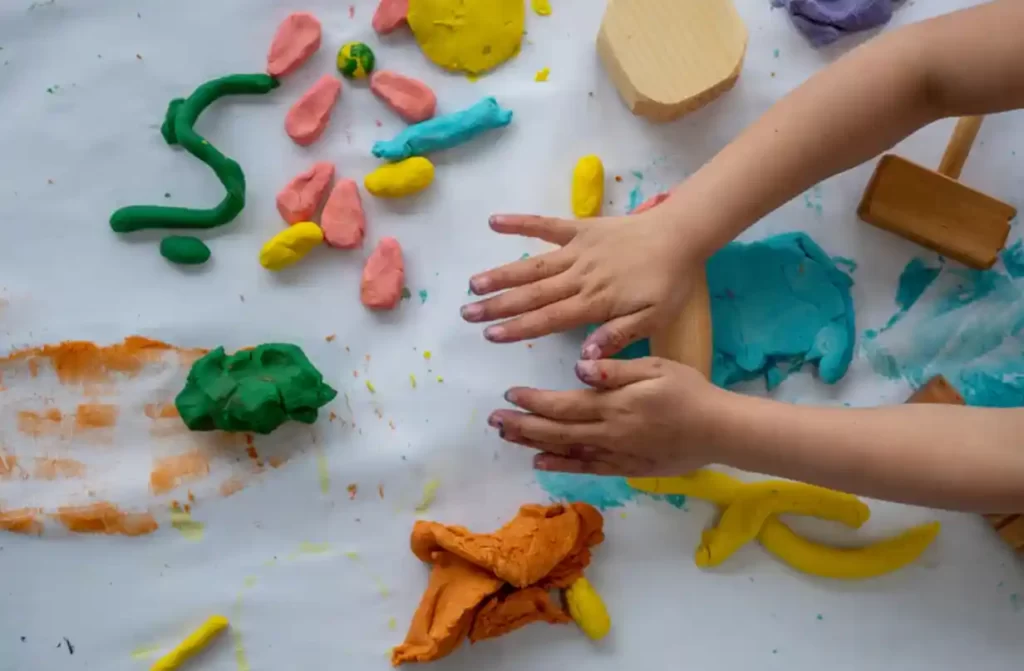
Kneading playdough strengthens hands—a top fine motor skills development activity. Kids roll or sculpt, boosting creativity.
- Easy fine motor activities for toddlers & preschoolers: Dough balls.
Fine motor strength activities: Pinching clay – Perfect for all ages.
2. Bead Stringing & Lacing Cards
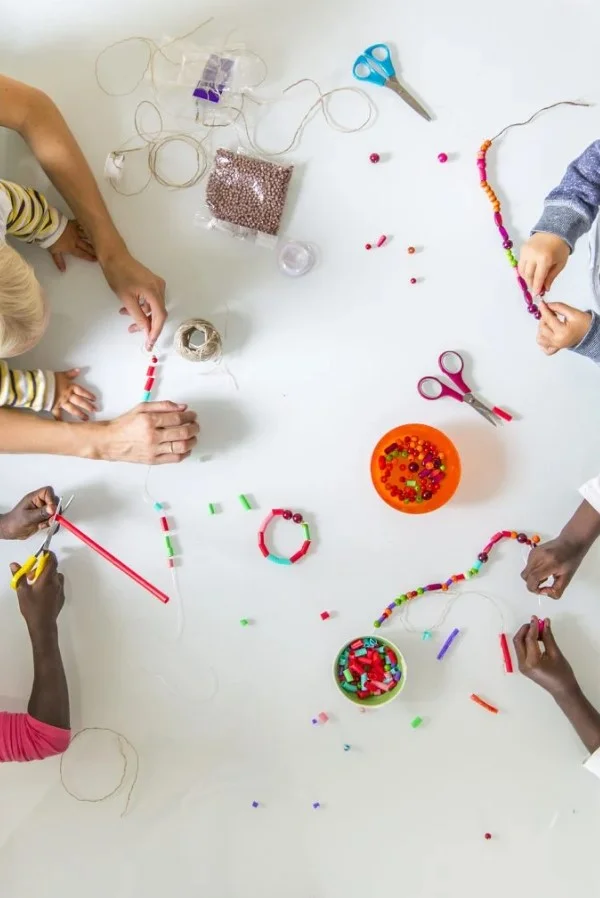
Threading beads hones precision—a classic fine motor skills development activity. Start with big beads, then smaller ones.
- Best fine motor activities for kids: Lacing shapes.
- Fine motor skills for 3 year olds: Chunky strings – Improves focus too.
3. Cutting & Paper Craft Activities
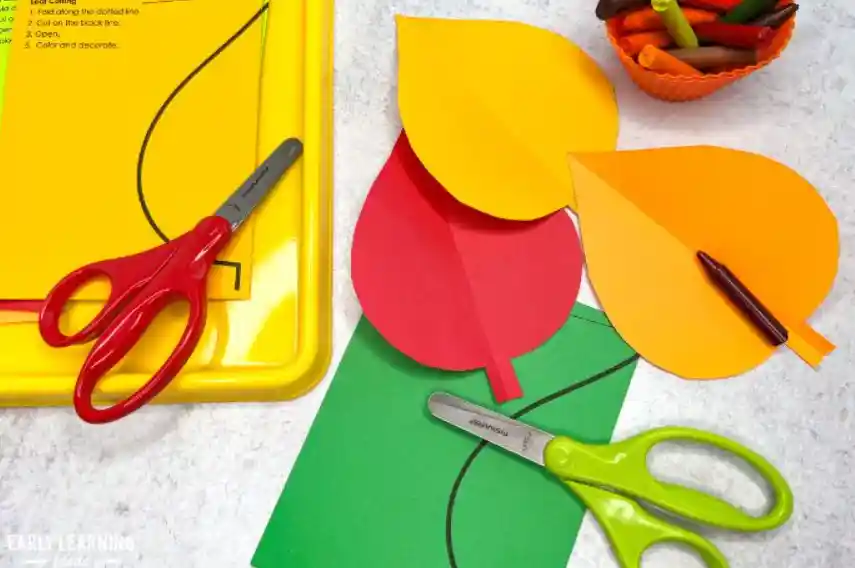
Snipping paper builds control—a standout fine motor skills development activity. Kids cut lines or shapes.
- Fine motor skills examples preschool: Strip cutting.
- Fine motor skill development activities: Paper art – Sparks creativity and skill.
4. Sorting & Pinching Small Objects
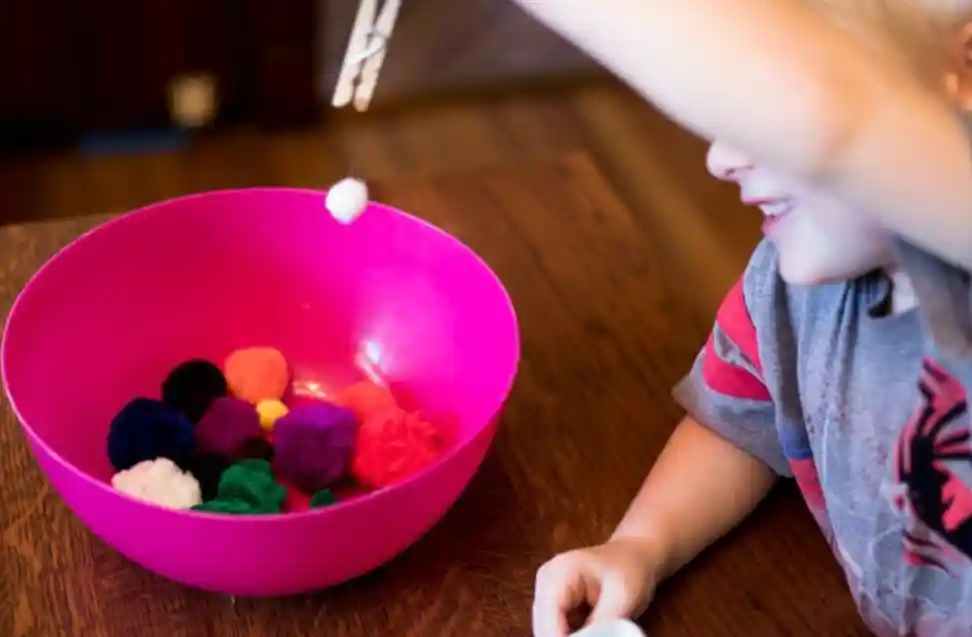
Sorting pom-poms with tweezers refines grip—a smart fine motor skills development activity.
- Fine motor strength activities: Pinching beans.
- Fine motor skills development activities for preschoolers: Color groups – Adds sorting skills.
5. Finger Painting & Scribbling
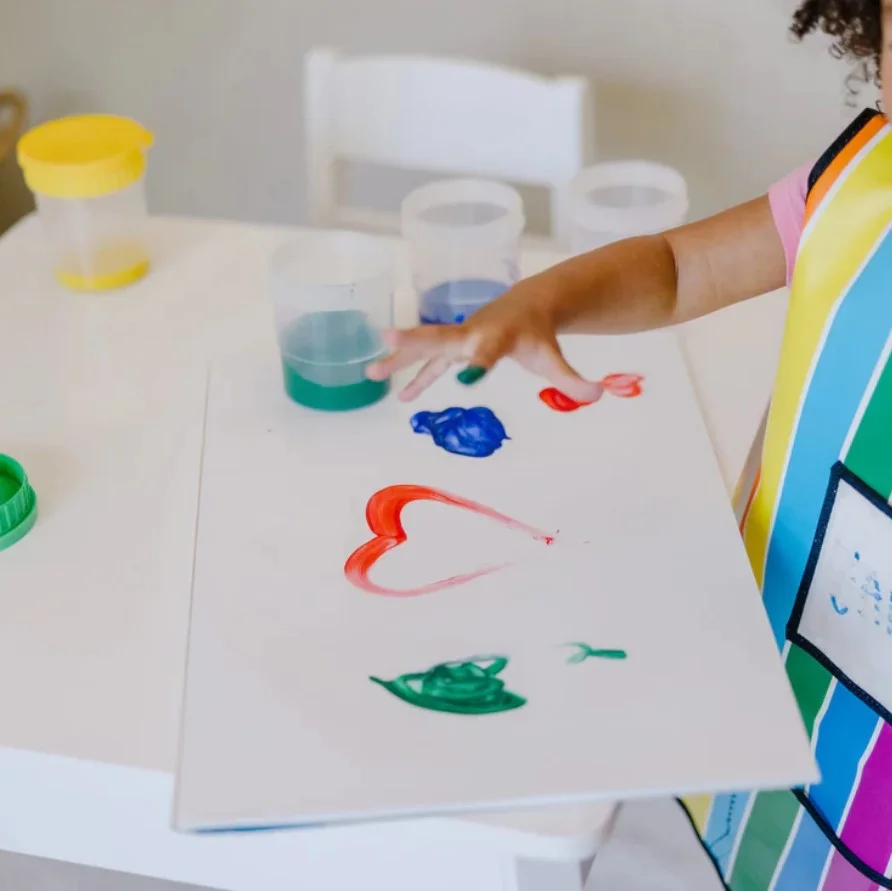
Finger painting boosts physical development fine motor skills examples through messy play. Crayons refine grip.
- Fine motor activities for toddlers and preschoolers: Scribbles.
- Easy fine motor activities for kids: Paint swirls – Fun and effective.
6. Clothespin & Pegboard Challenges
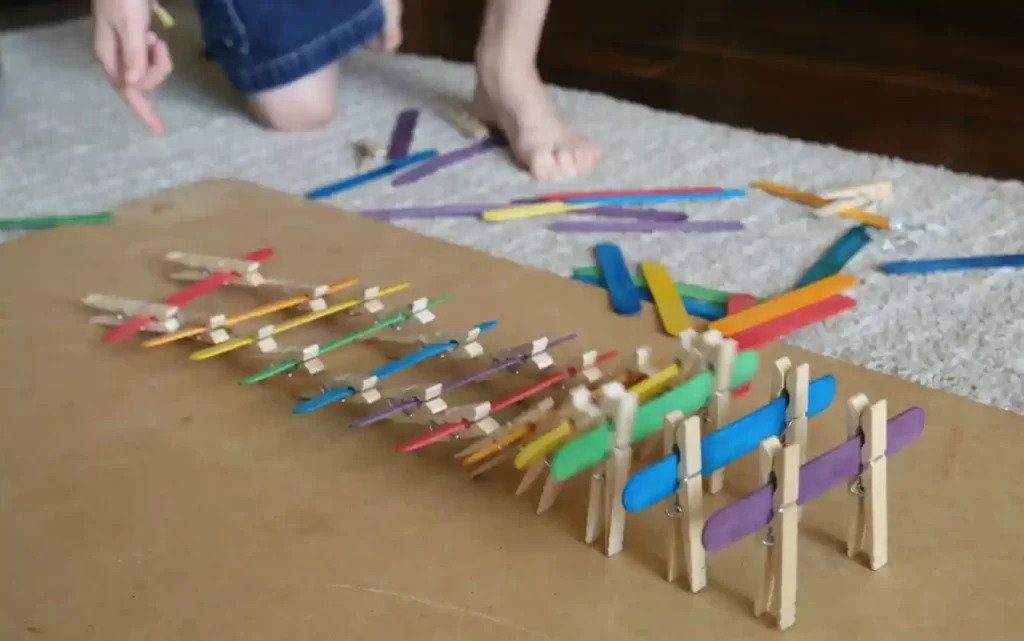
Pinching clothespins builds power—a practical fine motor skills development activity. Pegboards add challenge.
- Playful fine motor activities for preschoolers: Peg fits.
- Best fine motor activities for kids: Clothespin rows – Simple yet strong.
7. Threading Nuts & Bolts or Pipe Cleaners
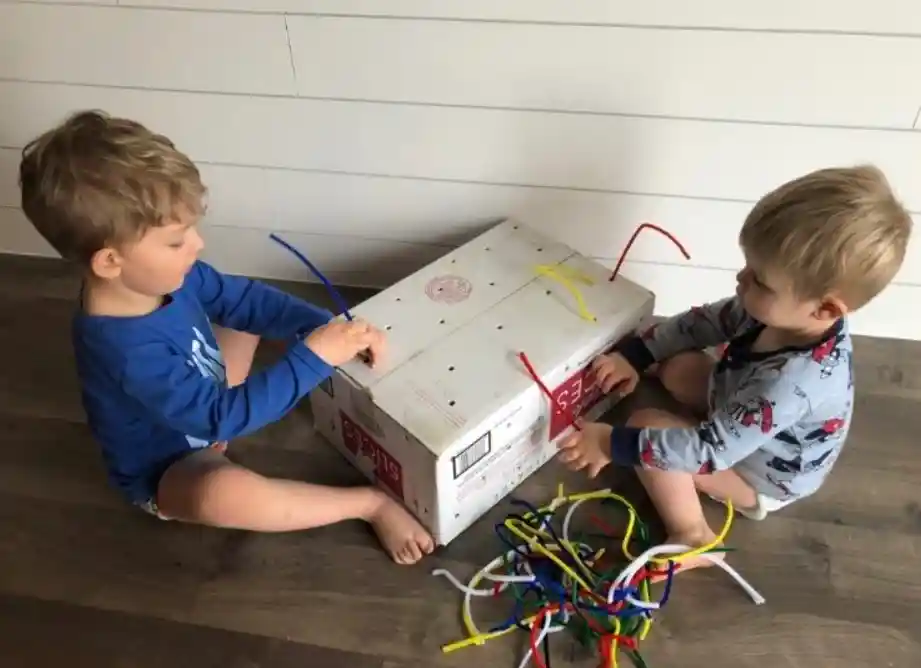
Twisting nuts onto bolts sharpens dexterity—a unique fine motor skills development activity.
- Fine motor skills development examples: Pipe threading.
- Fine motor skills development activities for kindergarten: Bolt twists – Teaches problem-solving.
8. Building with Blocks & Lego Bricks
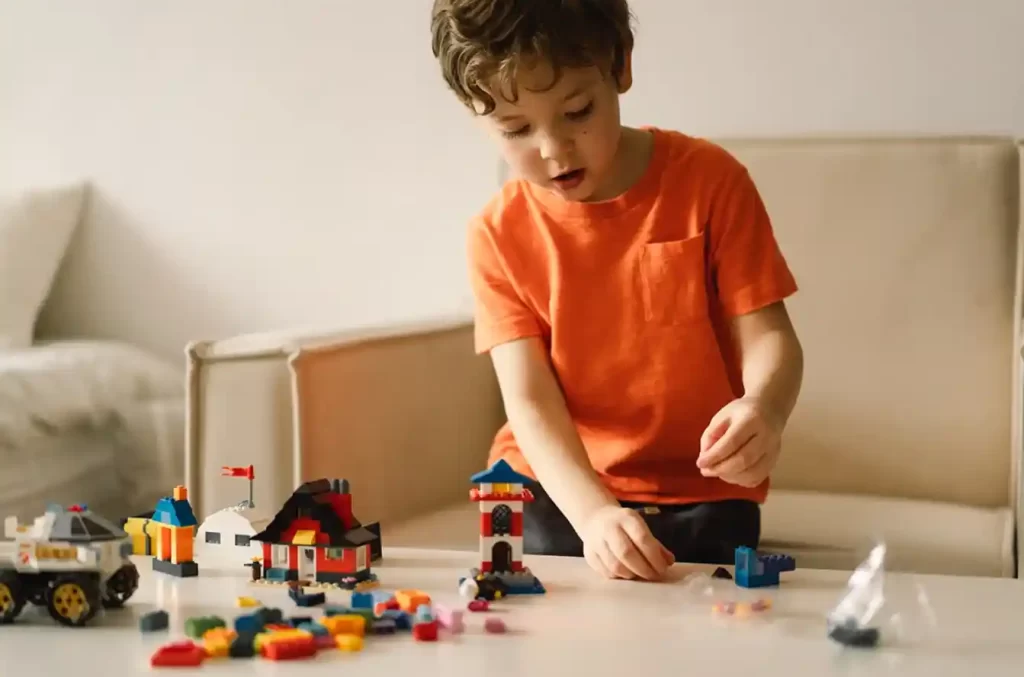
Stacking blocks enhances coordination—a timeless fine motor skills development activity.
- Examples of fine motor skills in early childhood: Block towers.
- Games that encourage motor skills development: Lego builds – Grows with skill.
9. Tearing & Crumpling Paper for Art
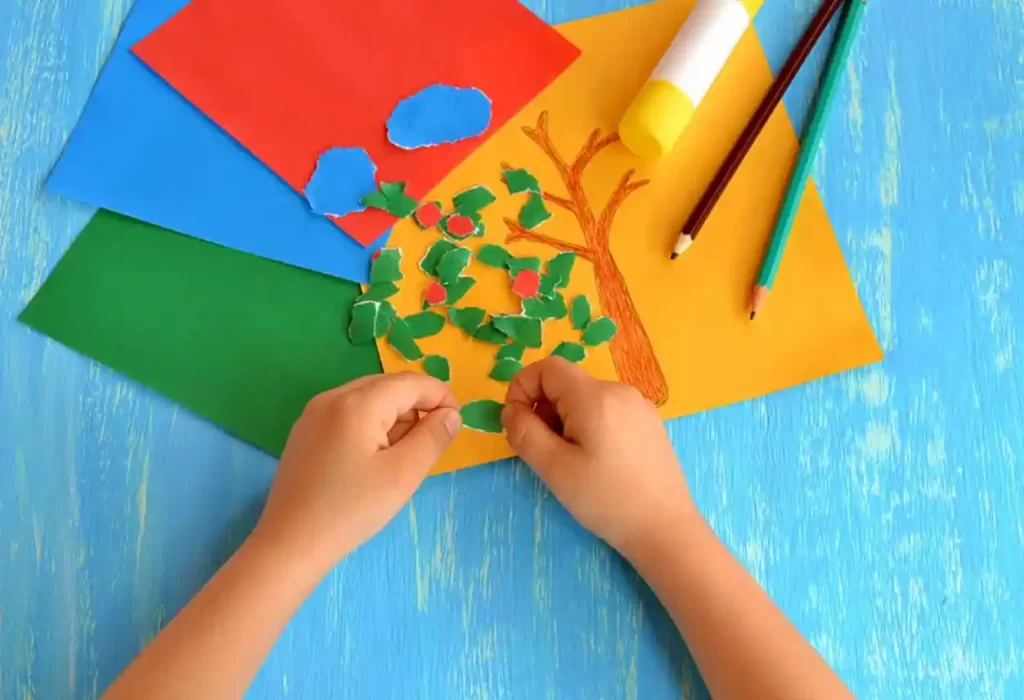
Tearing paper strengthens fingers—an easy fine motor skills development activity. Crumple it for crafts.
- Easy fine motor activities for toddlers & preschoolers: Paper balls.
- Best fine motor activities for kids: Tearing art – Boosts creativity.
When Should Parents Seek Professional Help?
Sometimes, fine motor skills development needs extra support beyond fine motor skills development activities. When should I be concerned about my child’s fine motor development? When kids, generally, avoid the easy fine motor activities for kids like drawing or fine motor skills developmental milestones —such as a child not holding a pencil by age five, it’s time to take notice.
Children with weak fine motor skills may have difficulty doing the signs of poor fine motor skills such as buttons or scissors.
Signs of weak fine motor skills in children include difficulty with fine motor skills examples like buttons or scissors. Conditions like fine motor skills development autism or how do sensory issues affect fine motor development can slow progress, as can baby delayed fine motor skills.
For example, a fine motor skills development delay might show in a fine motor skills milestones for 2 year olds not stacking blocks. Does autism affect fine motor skills? Yes, often paired with sensory challenges. Don’t wait—consult a pediatrician or therapist if fine motor skills development examples lag significantly, especially by school age.
Early intervention with best fine motor activities for kids or professional help can bridge gaps fast, ensuring kids thrive in fine motor skills development activities for kindergarten and beyond.
Well, early intervention + best fine motor activities for kids or proper professional help helps bridge these gaps so kids can succeed in kindergarten and fine motor skills development activities for kindergarten practice for life.
FAQs
If the child studies and practice are done on regular basis you can observe results within few weeks or may be months, depending on his needs.
If a child has difficulty with age appropriate tasks like eating with utensils or hold a pencil it may be worth seeing the specialist.
- Difficulty using utensils or holding a pencil.
- Avoiding fine motor activities like coloring or cutting.
- Struggles with buttoning clothes and tying shoelaces.
Poor fine motor skills can impact handwriting, coordination, and classroom participation.
Children with sensory processing challenges may struggle with textures, grip, and hand control, affecting their fine motor skills development.

